Seasonic Prime Ultra Platinum 1000W PSU Review
Why you can trust Tom's Hardware
Transient Response Tests
Advanced Transient Response Tests
For details on our transient response testing, please click here.
Ιn these tests, we monitor the SSR-1000PD Ultra's response in several scenarios. First, a transient load (10A at +12V, 5A at 5V, 5A at 3.3V, and 0.5A at 5VSB) is applied for 200ms as the PSU works at 20 percent load. In the second scenario, it's hit by the same transient load while operating at 50 percent load.
In the next sets of tests, we increase the transient load on the major rails with a new configuration: 15A at +12V, 6A at 5V, 6A at 3.3V, and 0.5A at 5VSB. We also increase the load-changing repetition rate from 5 Hz (200ms) to 50 Hz (20ms). Again, this runs with the PSU operating at 20 and 50 percent load.
The last tests are even tougher. Although we keep the same loads, the load-changing repetition rate rises to 1 kHz (1ms).
In all of the tests, we use an oscilloscope to measure the voltage drops caused by the transient load. The voltages should remain within the ATX specification's regulation limits.
These tests are crucial because they simulate the transient loads a PSU is likely to handle (such as booting a RAID array or an instant 100 percent load of CPU/GPUs). We call these "Advanced Transient Response Tests," and they are designed to be very tough to master, especially for a PSU with a capacity of less than 500W.
Advanced Transient Response at 20 Percent – 200ms
| Voltage | Before | After | Change | Pass/Fail |
|---|---|---|---|---|
| 12V | 12.262V | 12.203V | 0.48% | Pass |
| 5V | 5.026V | 4.980V | 0.92% | Pass |
| 3.3V | 3.341V | 3.255V | 2.57% | Pass |
| 5VSB | 5.003V | 4.957V | 0.92% | Pass |
Advanced Transient Response at 20 Percent – 20ms
| Voltage | Before | After | Change | Pass/Fail |
|---|---|---|---|---|
| 12V | 12.261V | 12.154V | 0.87% | Pass |
| 5V | 5.026V | 4.972V | 1.07% | Pass |
| 3.3V | 3.341V | 3.245V | 2.87% | Pass |
| 5VSB | 5.003V | 4.955V | 0.96% | Pass |
Advanced Transient Response at 20 Percent – 1ms
| Voltage | Before | After | Change | Pass/Fail |
|---|---|---|---|---|
| 12V | 12.260V | 12.133V | 1.04% | Pass |
| 5V | 5.025V | 4.967V | 1.15% | Pass |
| 3.3V | 3.340V | 3.242V | 2.93% | Pass |
| 5VSB | 5.003V | 4.963V | 0.80% | Pass |
Advanced Transient Response at 50 Percent – 200ms
| Voltage | Before | After | Change | Pass/Fail |
|---|---|---|---|---|
| 12V | 12.262V | 12.202V | 0.49% | Pass |
| 5V | 5.020V | 4.976V | 0.88% | Pass |
| 3.3V | 3.336V | 3.250V | 2.58% | Pass |
| 5VSB | 4.986V | 4.948V | 0.76% | Pass |
Advanced Transient Response at 50 Percent – 20ms
| Voltage | Before | After | Change | Pass/Fail |
|---|---|---|---|---|
| 12V | 12.260V | 12.173V | 0.71% | Pass |
| 5V | 5.019V | 4.966V | 1.06% | Pass |
| 3.3V | 3.336V | 3.238V | 2.94% | Pass |
| 5VSB | 4.986V | 4.951V | 0.70% | Pass |
Advanced Transient Response at 50 Percent – 1ms
| Voltage | Before | After | Change | Pass/Fail |
|---|---|---|---|---|
| 12V | 12.260V | 12.165V | 0.77% | Pass |
| 5V | 5.020V | 4.966V | 1.08% | Pass |
| 3.3V | 3.336V | 3.236V | 3.00% | Pass |
| 5VSB | 4.986V | 4.949V | 0.74% | Pass |

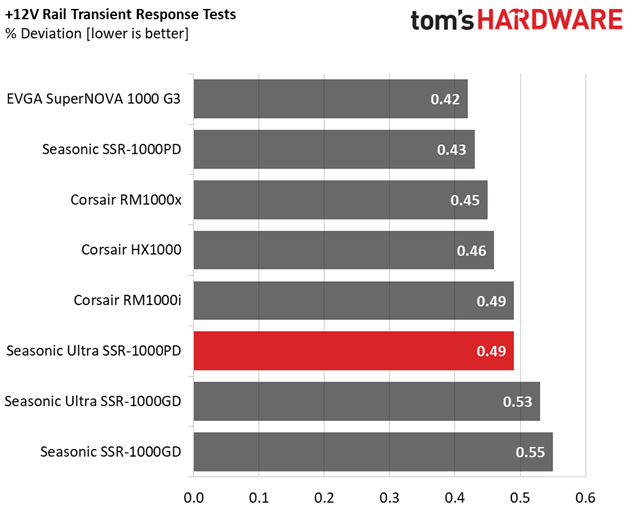
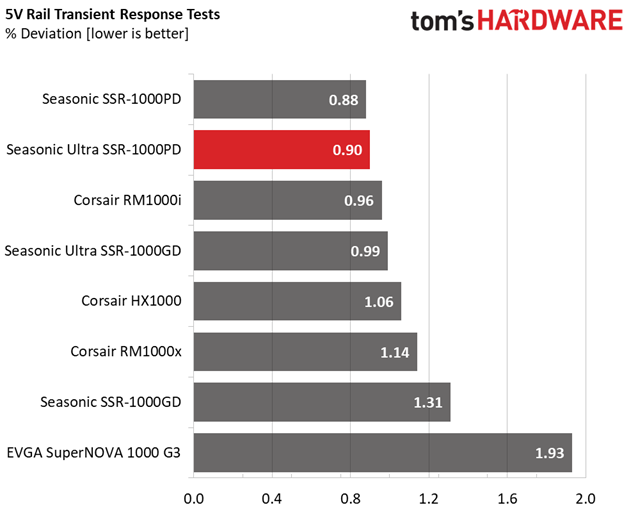
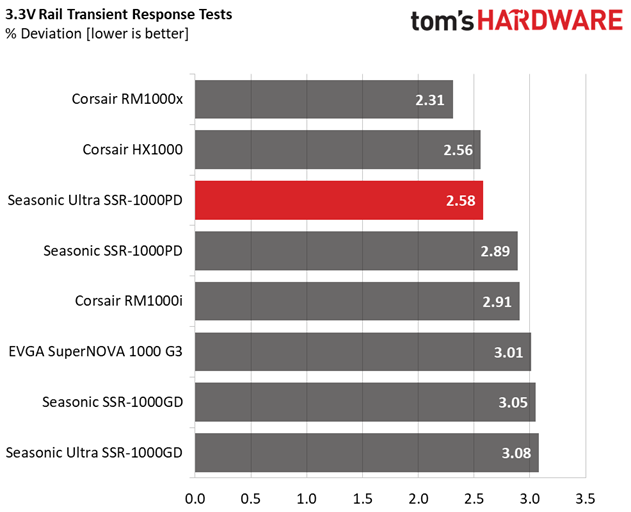

The transient response we observe is excellent at 12V, 5V, and 5VSB. It's also very good at 3.3V, where even in a worst-case scenario it doesn't exceed 3%. This platform is truly amazing!
Get Tom's Hardware's best news and in-depth reviews, straight to your inbox.
Here are the oscilloscope screenshots we took during Advanced Transient Response Testing:
Transient Response At 20 Percent Load – 200ms
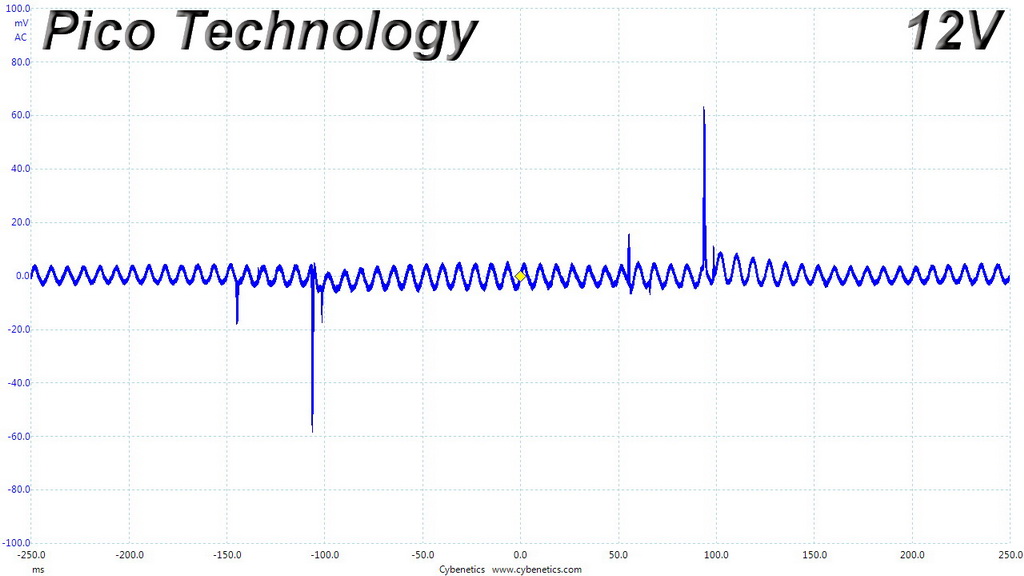
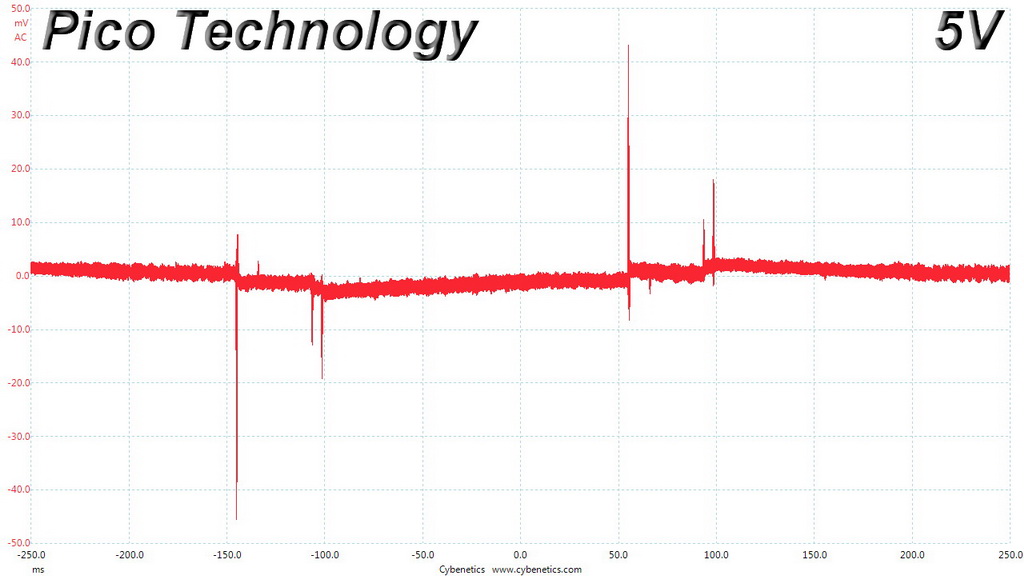

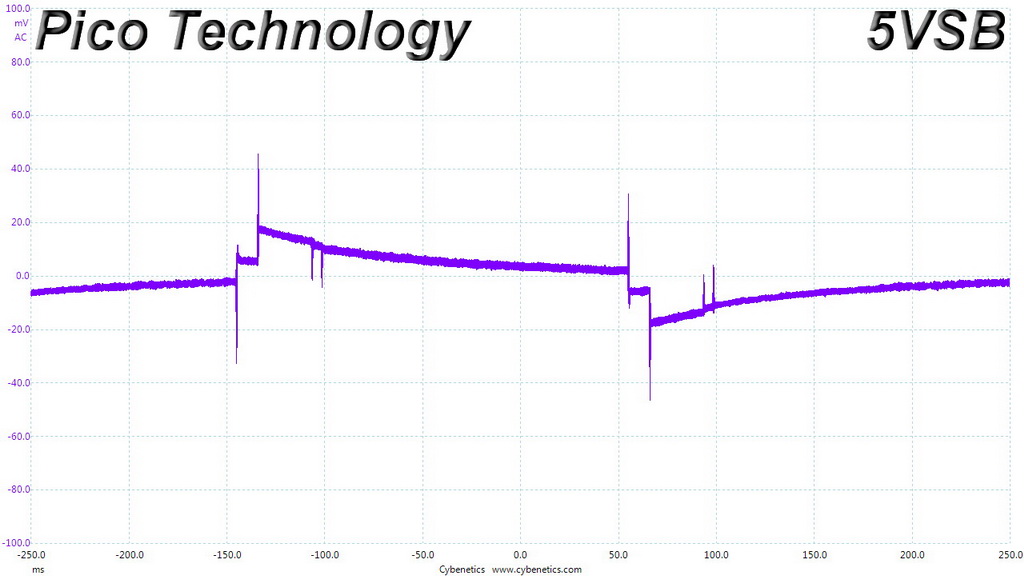
Transient Response At 20 Percent Load – 20ms
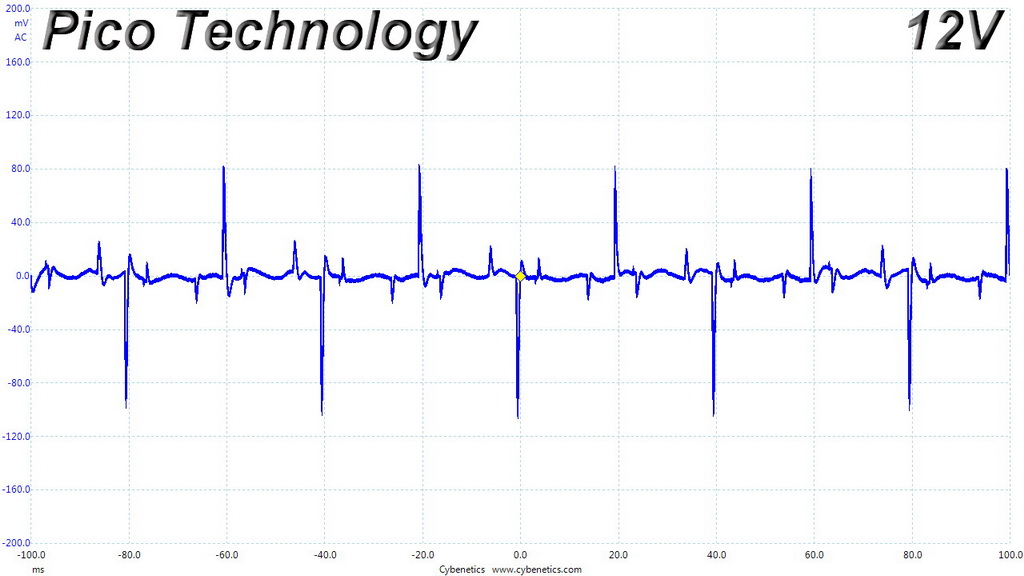
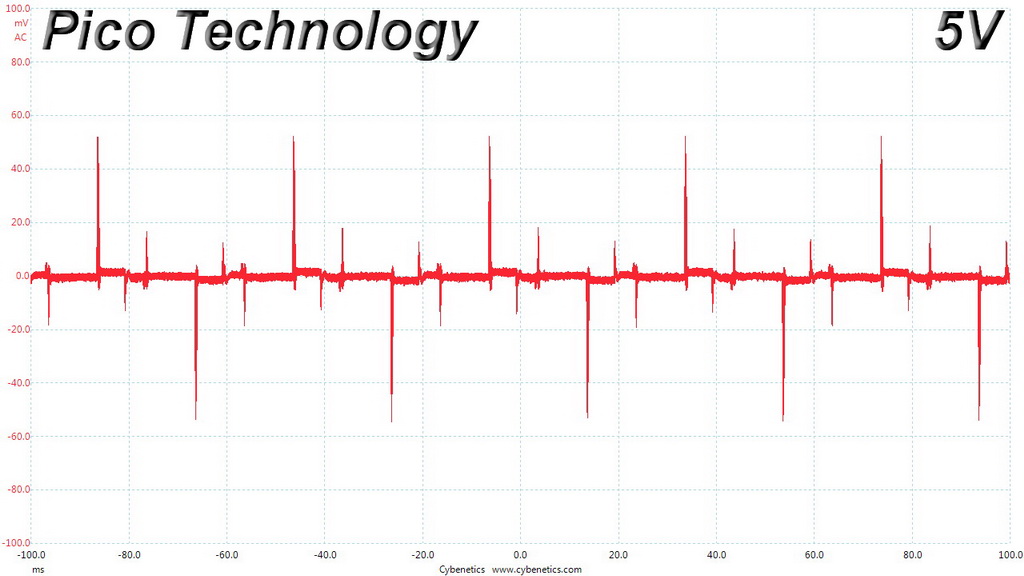

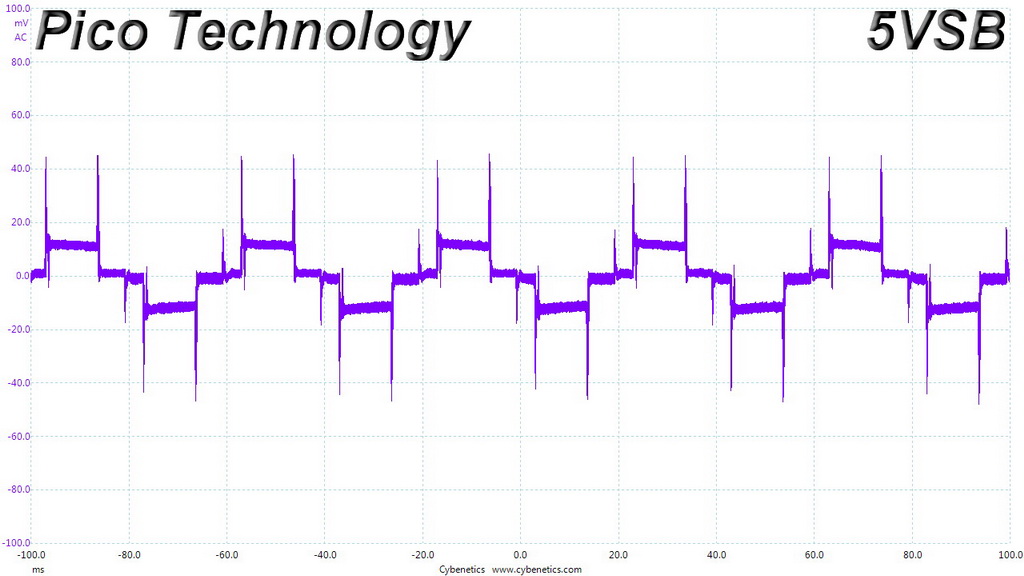
Transient Response At 20 Percent Load – 1ms
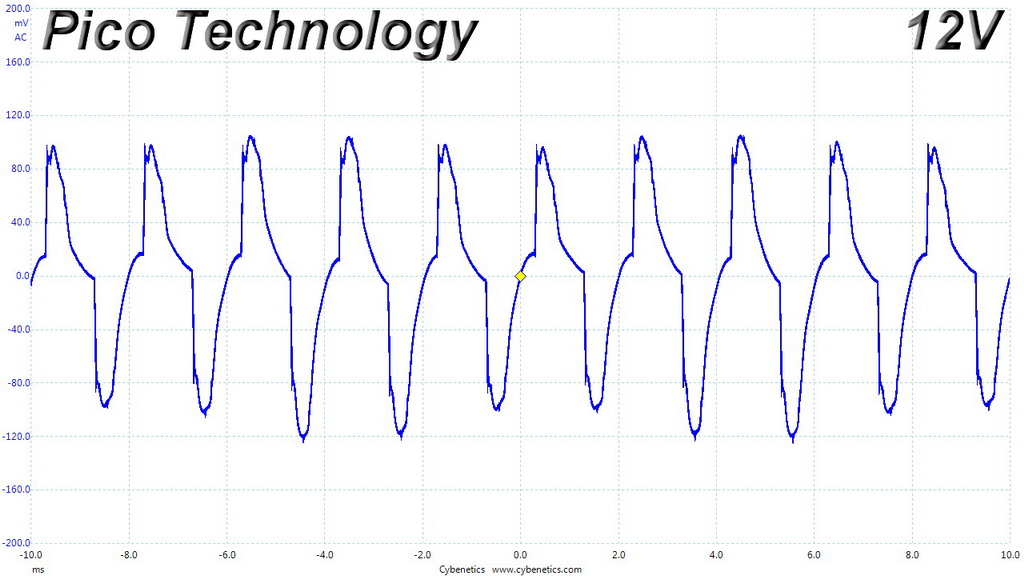
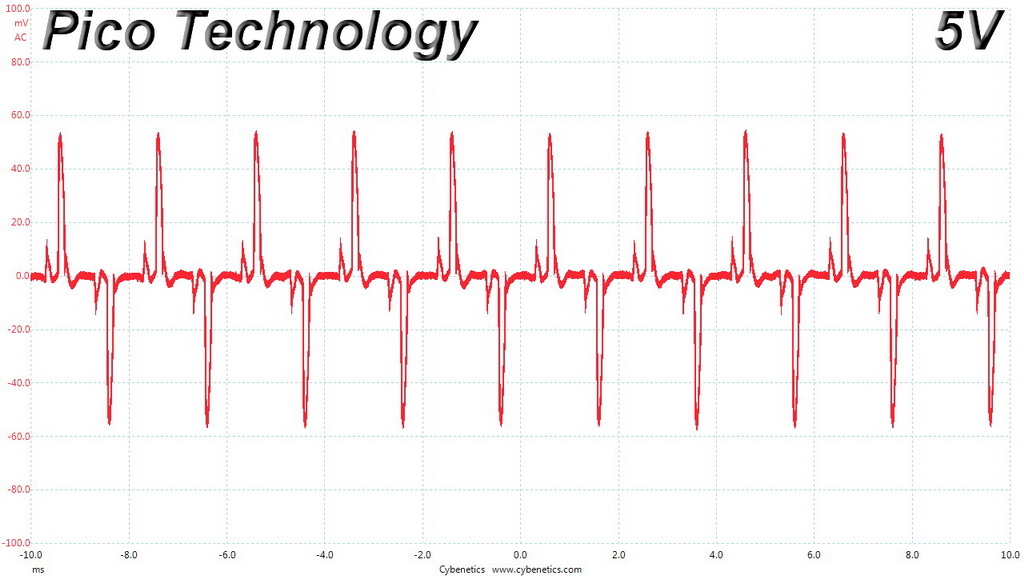
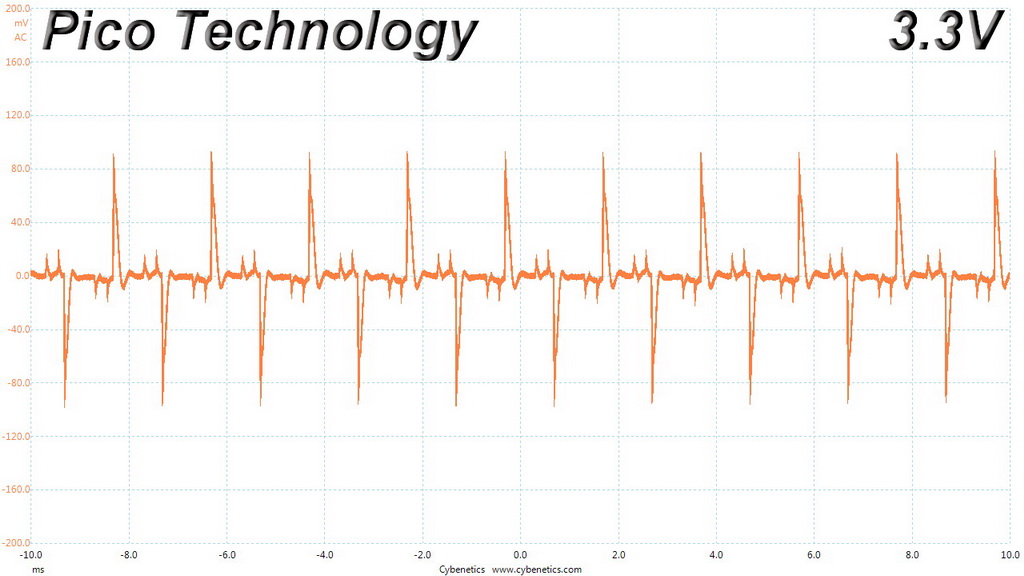
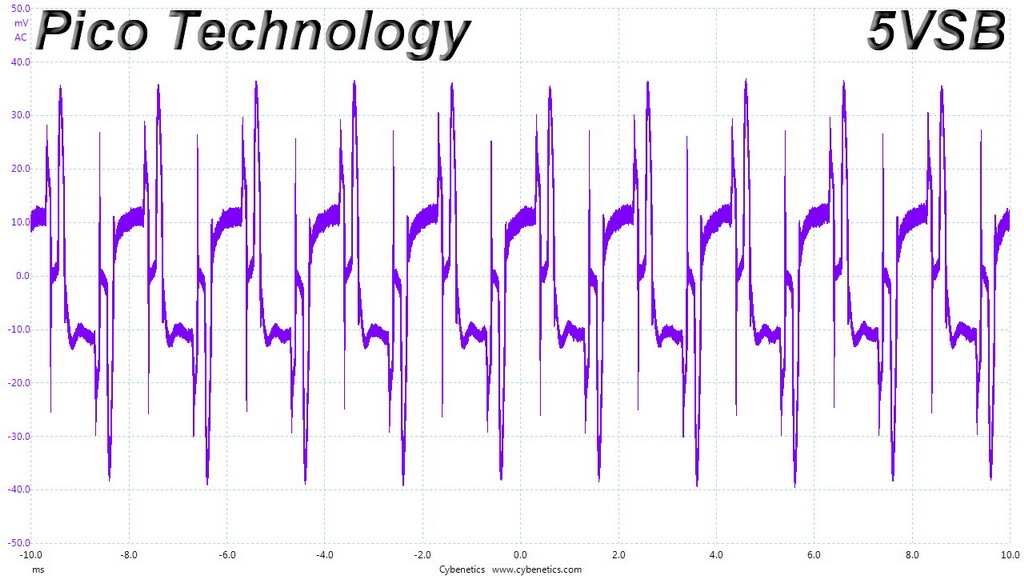
Transient Response At 50 Percent Load – 200ms

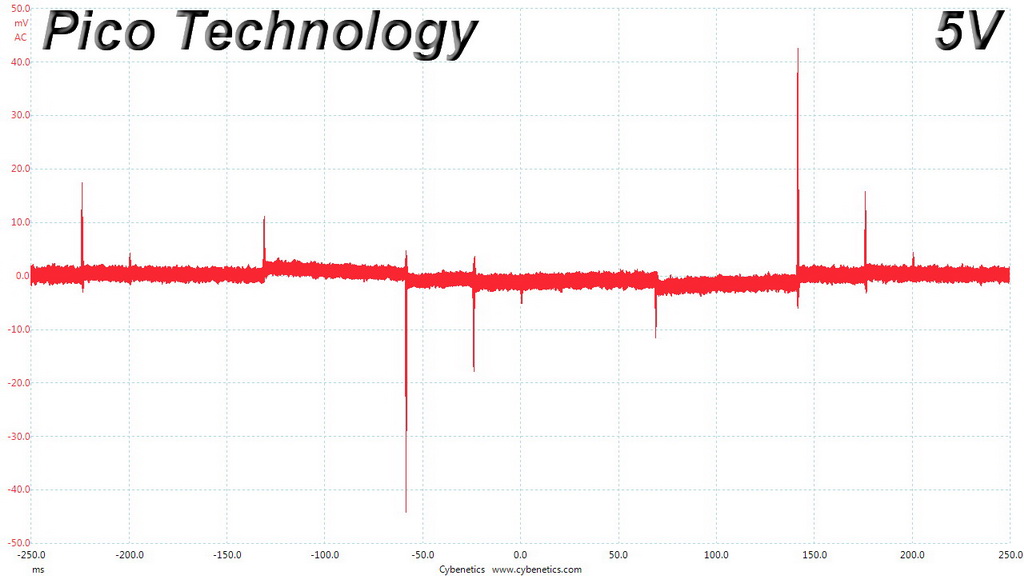
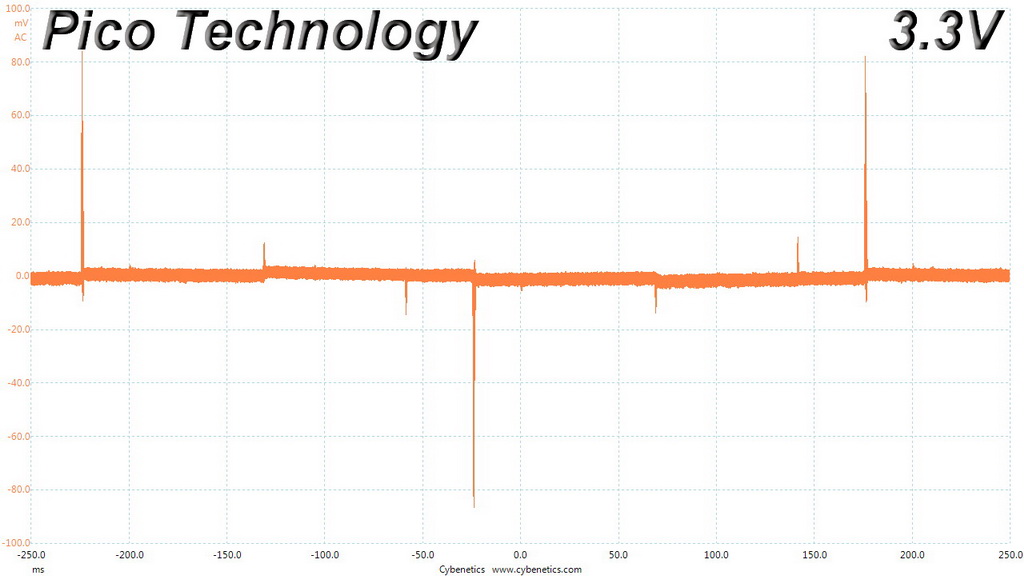

Transient Response At 50 Percent Load – 20ms
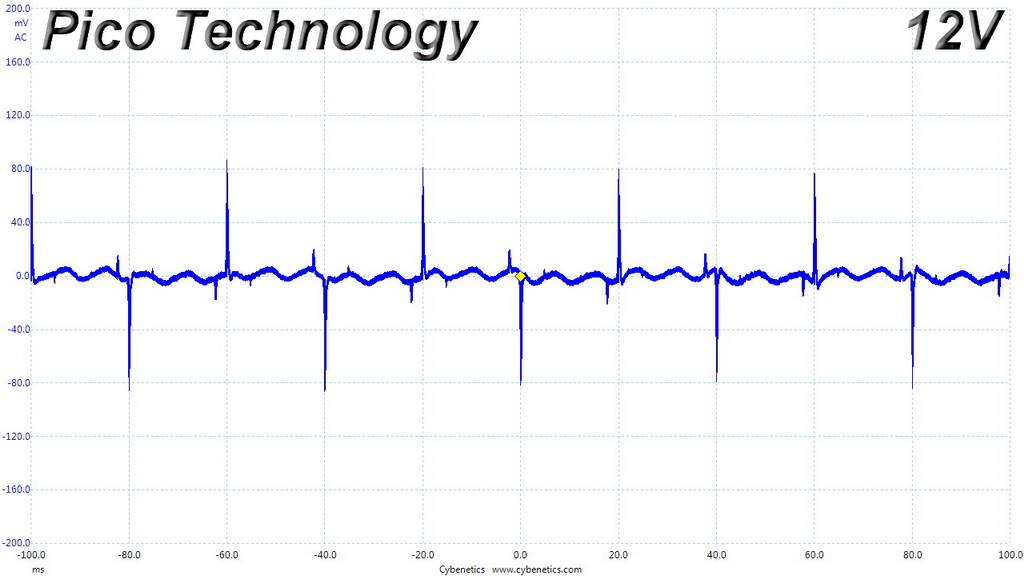

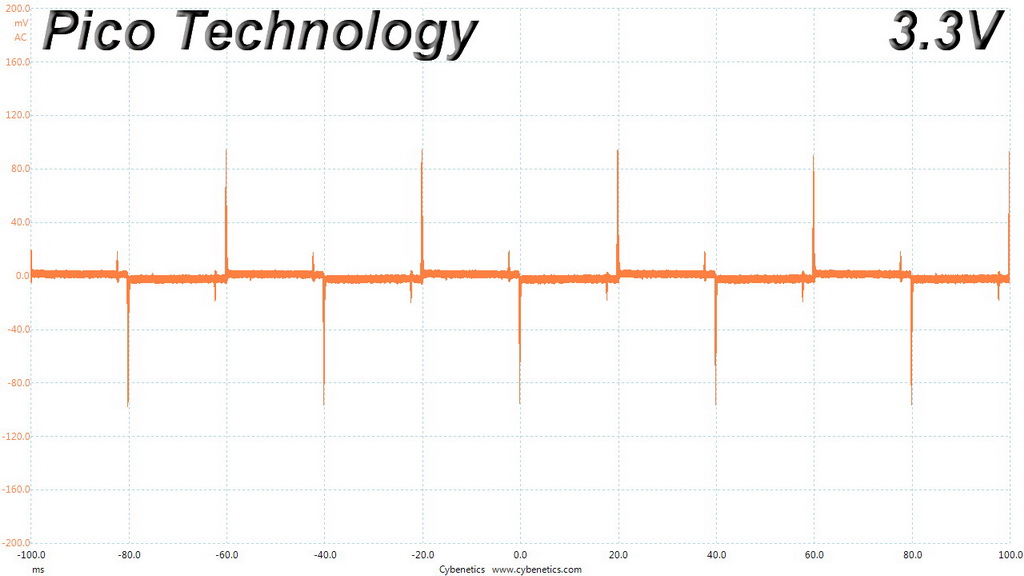

Transient Response At 50 Percent Load – 1ms
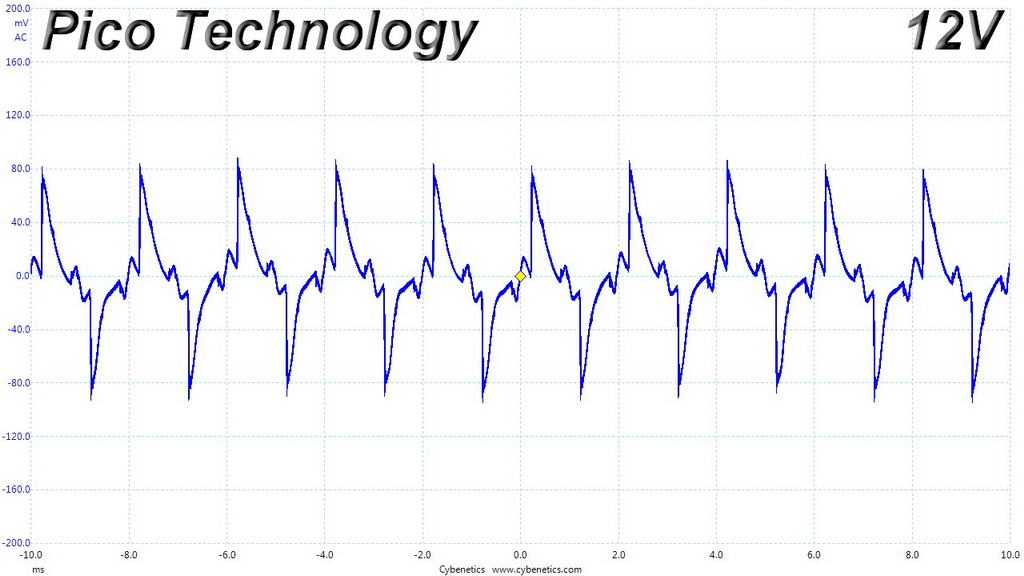
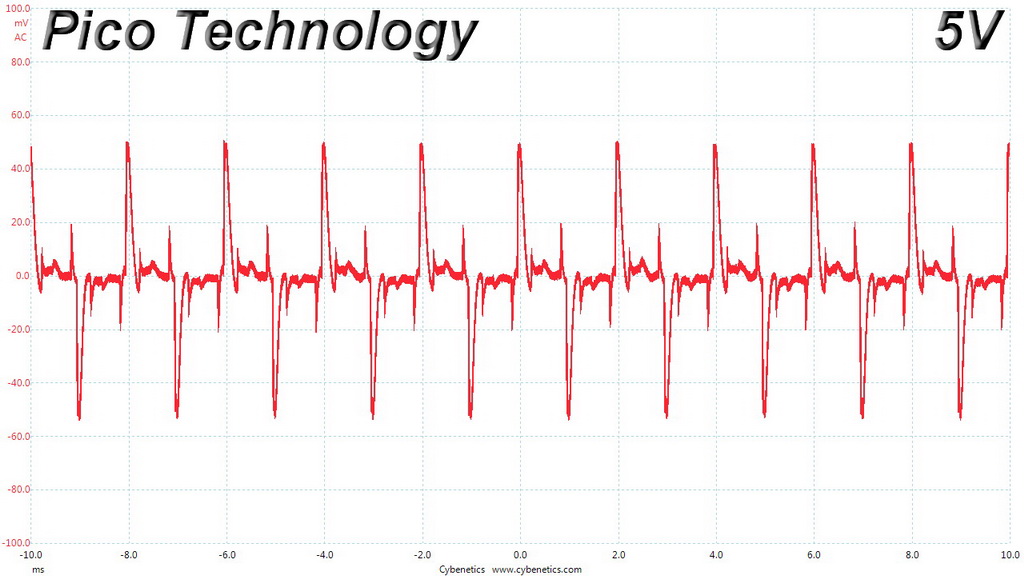
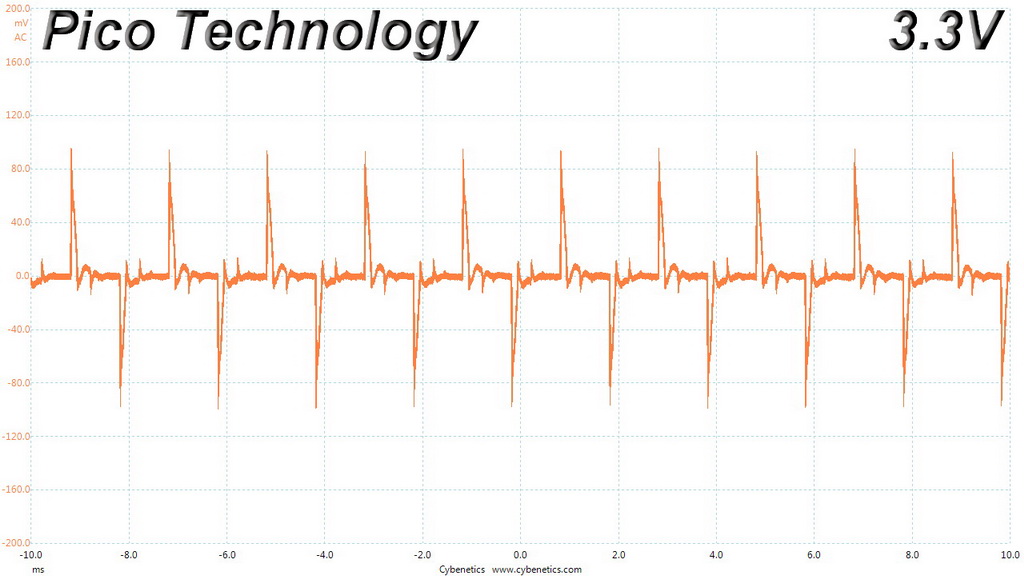
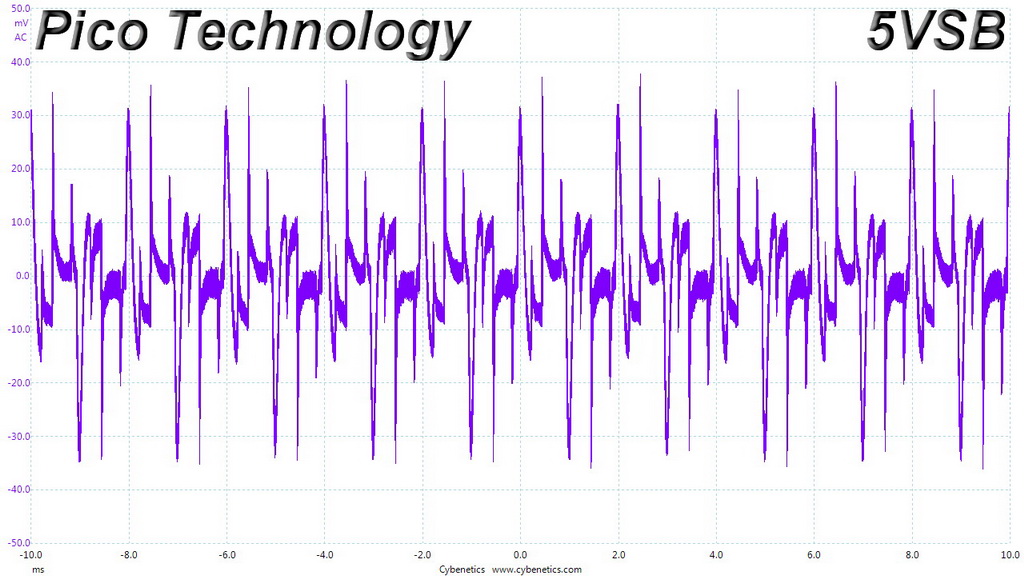
Turn-On Transient Tests
In the next set of tests, we measured the SSR-1000PD Ultra's response in simpler transient load scenarios—during its power-on phase.
For our first measurement, we turned the SSR-1000PD Ultra off, dialed in the maximum current the 5VSB rail could output, and switched the PSU back on. In the second test, we dialed the maximum load the +12V rail could handle and started the 1kW supply while it was in standby mode. In the last test, while the PSU was completely switched off (we cut off the power or switched the PSU off), we dialed the maximum load the +12V rail could handle before switching it back on from the loader and restoring power. The ATX specification states that recorded spikes on all rails should not exceed 10 percent of their nominal values (+10 percent for 12V is 13.2V, and 5.5 V for 5V).
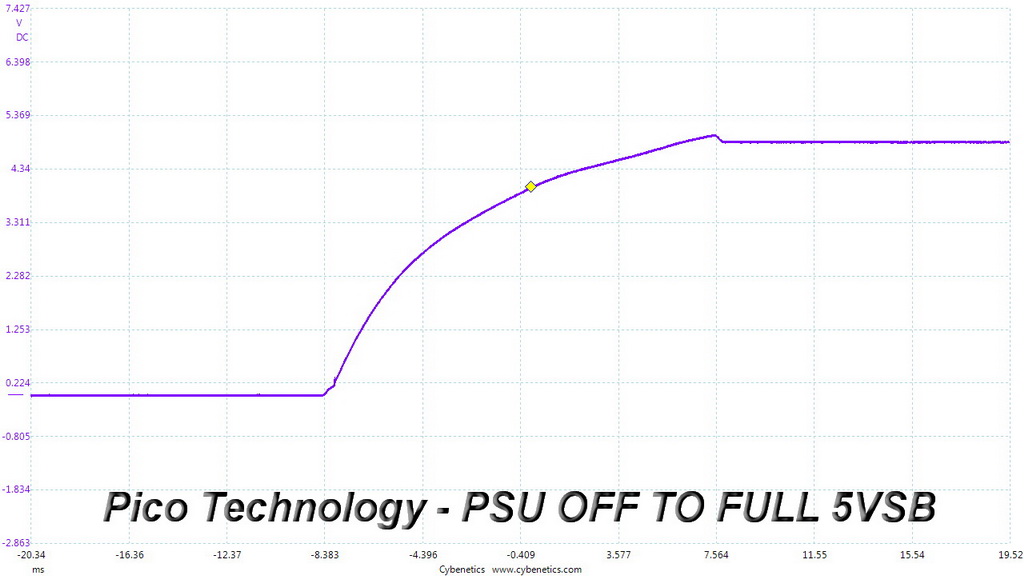
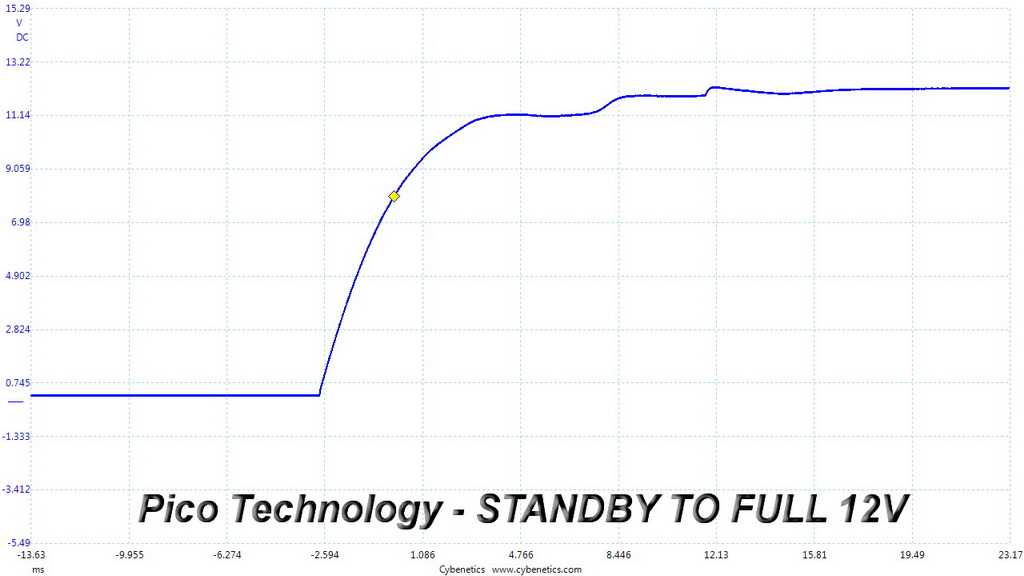
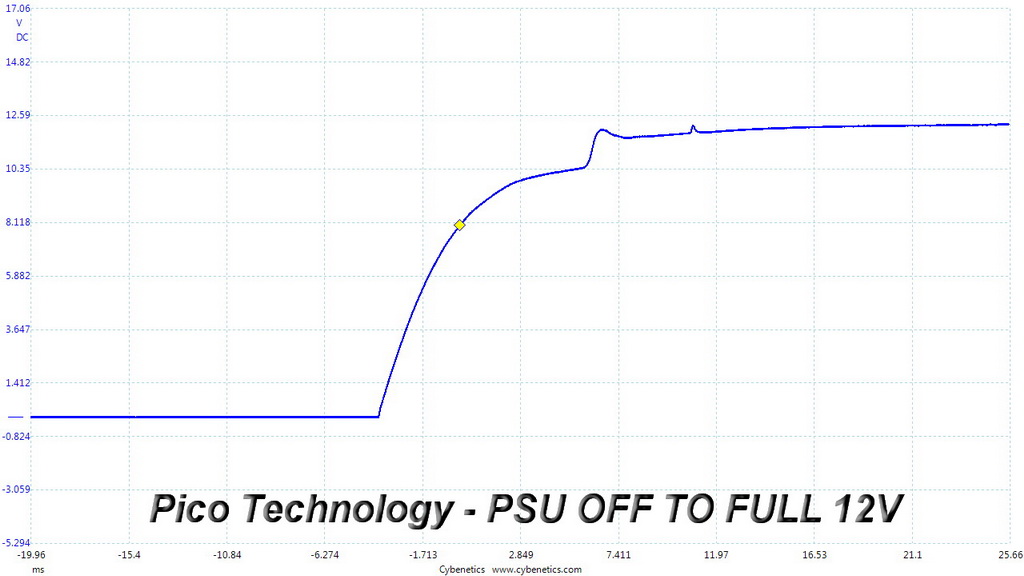
We notice a small voltage overshoot at 5VSB, some small waves in the second test, and a wave and tiny spike in the last test. These aren't the results we hoped for, given excellent performance everywhere else, but they aren't bad, either.
MORE: Best Power Supplies
MORE: How We Test Power Supplies
MORE: All Power Supply Content
Current page: Transient Response Tests
Prev Page Cross-Load Tests & Infrared Images Next Page Ripple Measurements
Aris Mpitziopoulos is a contributing editor at Tom's Hardware, covering PSUs.
-
Th_Redman I notice you didn't give it an award rating...what gives, if you present it with such high praise?Reply -
Kennyy Evony Lets all hope it doesn't kill your motherboard and all components like my SeaSonic did while only operating 1 year under light workloads. No matter how much change they make to PSU I would not trust a brand that would allow catastrophic results in using their products AND not accept responsibility for the loss.Reply